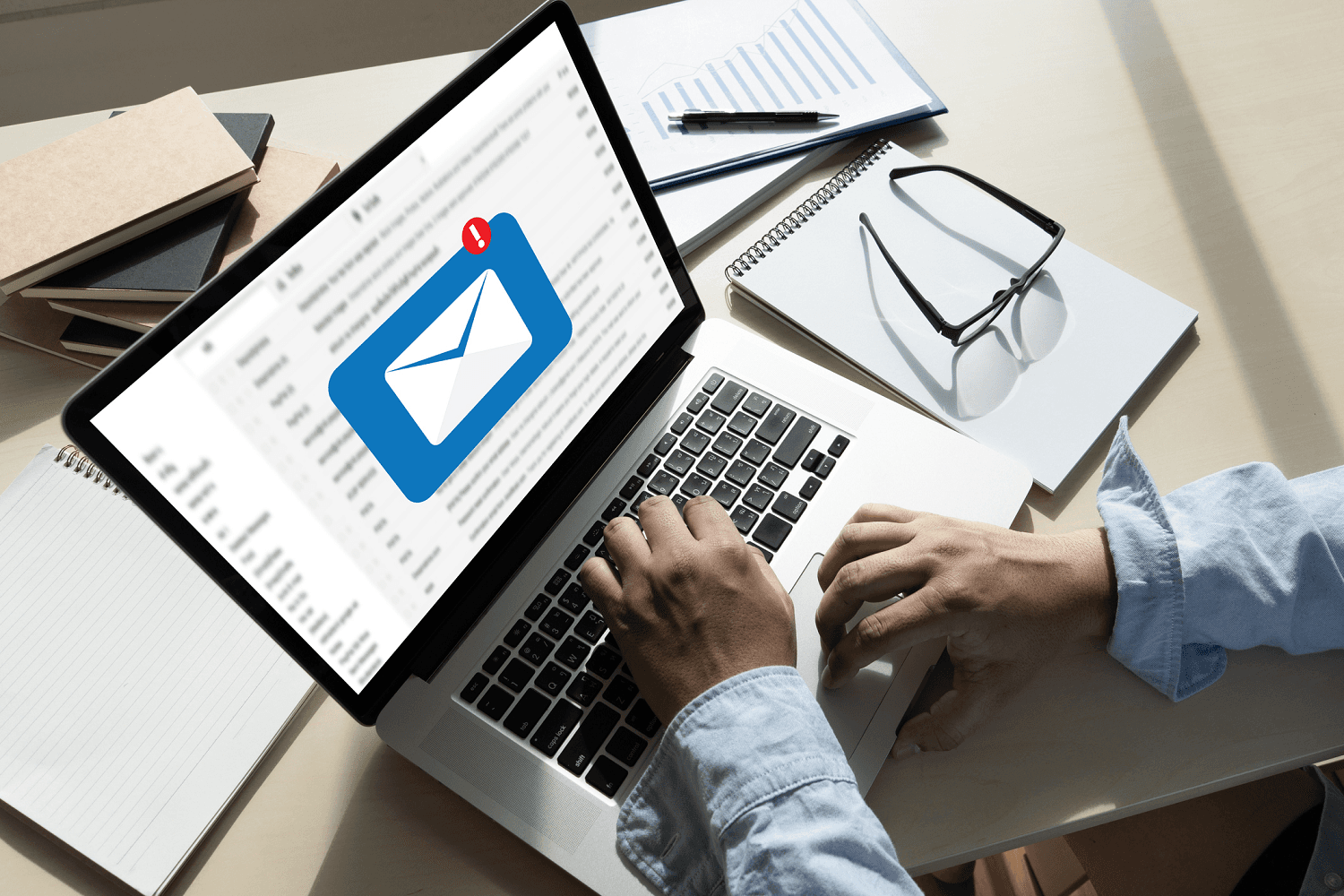MENU
Start
- Best Small Business Loans for 2024
- Businessloans.com Review
- Biz2Credit Review
- SBG Funding Review
- Rapid Finance Review
Our Recommendations
- 26 Great Business Ideas for Entrepreneurs
- Startup Costs: How Much Cash Will You Need?
- How to Get a Bank Loan for Your Small Business
- Articles of Incorporation: What New Business Owners Should Know
- How to Choose the Best Legal Structure for Your Business
Our Guides
- Business Ideas
- Business Plans
- Startup Basics
- Startup Funding
- Franchising
- Success Stories
- Entrepreneurs
Small Business Resources
Grow
- The Best Credit Card Processors of 2024
- Clover Credit Card Processing Review
- Merchant One Review
- Stax Review
Our Recommendations
- How to Conduct a Market Analysis for Your Business
- Local Marketing Strategies for Success
- Tips for Hiring a Marketing Company
- Benefits of CRM Systems
- 10 Employee Recruitment Strategies for Success
Our Guides
- Sales & Marketing
- Finances
- Your Team
- Technology
- Social Media
- Security
Small Business Resources
Lead
- Best Business Phone Systems of 2024
- The Best PEOs of 2024
- RingCentral Review
- Nextiva Review
- Ooma Review
Our Recommendations
- Guide to Developing a Training Program for New Employees
- How Does 401(k) Matching Work for Employers?
- Why You Need to Create a Fantastic Workplace Culture
- 16 Cool Job Perks That Keep Employees Happy
- 7 Project Management Styles
Our Guides
- Leadership
- Women in Business
- Managing
- Strategy
- Personal Growth
Small Business Resources
Find
- Best Accounting Software and Invoice Generators of 2024
- Best Payroll Services for 2024
- Best POS Systems for 2024
- Best CRM Software of 2024
- Best Call Centers and Answering Services for Busineses for 2024
Our Recommendations

Online only. Expires 4/27/2024
As Trust in Online Media Drops, Email Newsletters Drive Engagement

Table of Contents
These days, it can be challenging to build trust with an audience. Amid cries of fake news and new technologies such as deepfakes that can distort our understanding of reality, research suggests consumers consider email newsletters one of the more reliable sources of information.
Businesses of all sizes can use email newsletters to reach highly engaged audiences. Read on to learn how to build trust and engagement through this channel and how to use email newsletters as a marketing tool.
Why consumers still trust email
In our age of information overload, media outlets may find it hard to break through the noise to earn their customers’ attention and trust. Americans’ trust in the news media, for example, is at its lowest point ever (26%), according to a report from the Reuters Institute.
Social media has been the top marketing channel. However, according to a recent survey of 1,600 marketers commissioned by sales and marketing platforms HubSpot, Litmus, Rock Content and Wistia, almost all companies still consider email marketing an effective part of reaching their business goals. The survey found that companies use email to improve customer loyalty and retention, increase revenue, generate leads, generate online traffic and increase brand awareness.
According to presentation firm Storydoc, more than 90% of Americans subscribe to at least one email newsletter and 74% subscribe to between one and 10. Given that people must submit their email address to receive a newsletter in the first place, researchers said there’s an inherent trust between the publisher and the reader.
Because the average person largely distrusts social media and sites such as Facebook “control the traffic publishers receive,” publishers have been forced to find other avenues to reach readers, said Jeff Kupietzky, CEO of audience engagement technology company Jeeng.
“Publishers are desperately seeking alternative channels to directly engage audiences, where they know their audiences will be guaranteed to see their content and the audience trusts the source,” he said. “This data proves that email fits the bill perfectly for both guaranteed distribution and as a trusted channel.”
Developing and sending a top-notch email newsletter requires email marketing software. Here’s how to choose the best email marketing service for your business.
The benefit of unsubscribes
Trust and engagement may be higher when consumers trust the source, but sometimes people end up cutting ties with a publisher or brand. While that’s not an ideal situation for publishers or advertisers, researchers found that both parties can find a silver lining in the process.
According to the survey, 75% of respondents said they choose to unsubscribe from a newsletter if they no longer wish to receive it. That’s a better alternative for publishers than having their emails marked as spam.
Email providers such as Gmail and Outlook have robust anti-spam features that automatically send messages from certain addresses straight into the spam folder. If more and more users mark messages as spam, these email providers will eventually deliver those messages directly into the spam folder as well, leaving their contents unseen.
Research has found that just 25% of recipients mark unwanted emails as spam. Officials said this “points to respect for the brand” from the remaining 75% of respondents and a “desire to do no harm just because their interests change.”
Why email remains an essential marketing tool
Consumers have no shortage of sources to consult for information. However, the commitment they imply by sharing their email address creates a bond between the brand and the audience. As it becomes increasingly challenging for the public to identify credible sources, being a trusted voice gives email marketers and publishers a leg up in converting their audience into longtime customers.

















